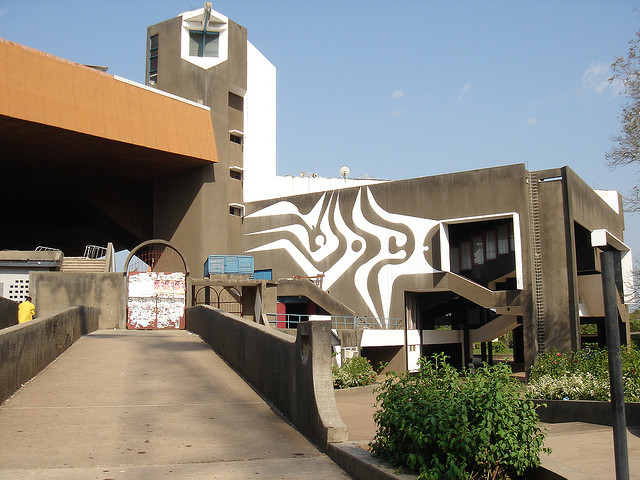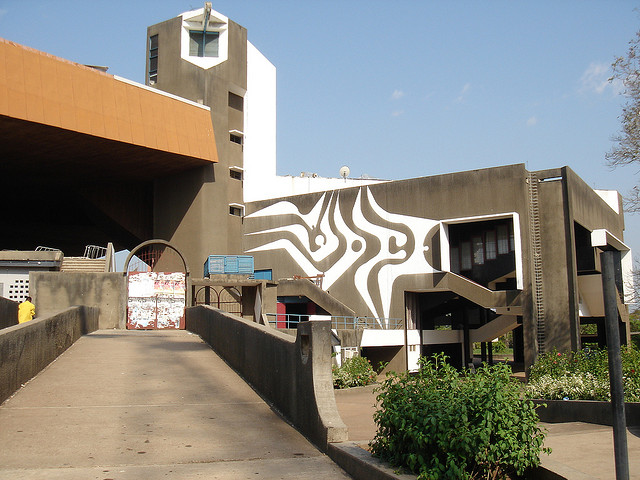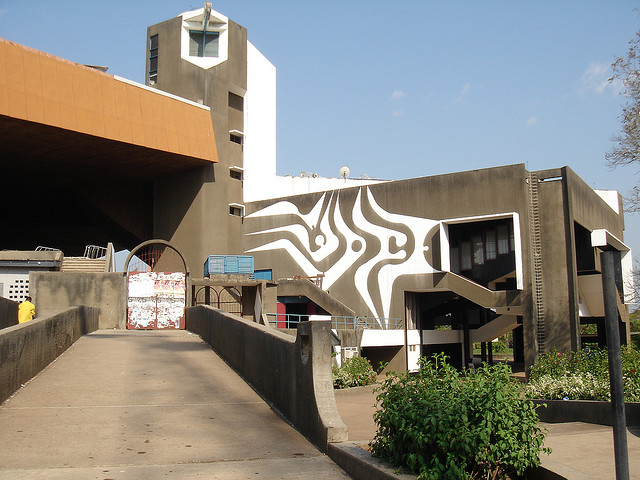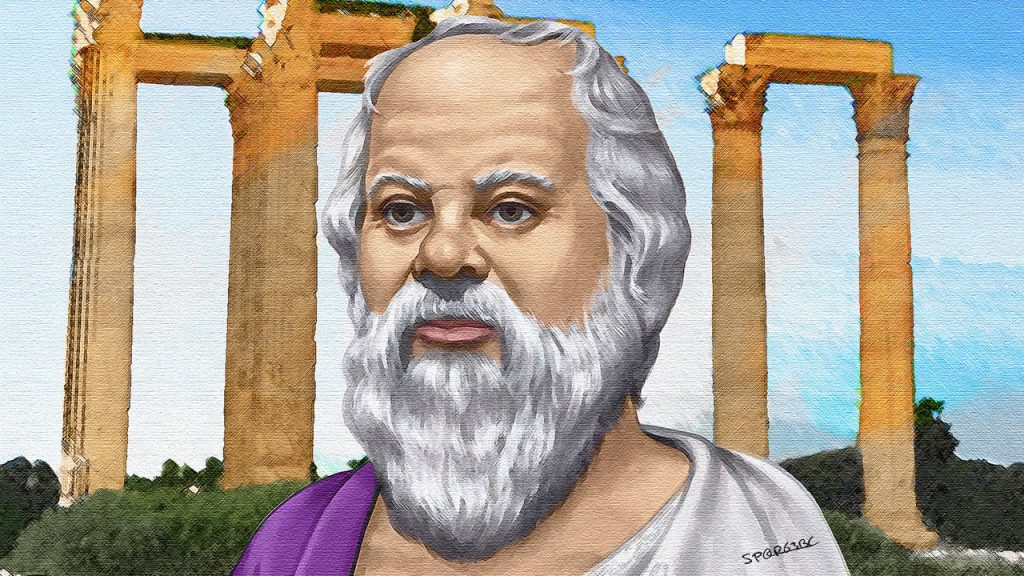
Socrates was a Greek philosopher. He was born in Circa 470 BC, in Athens, Greece. He was also a great teacher. He spent his entire life trying to educate young people in the streets of Athens in the modern day Greece. He welcomed everybody irrespective of their backgrounds, status, etc. He developed the method which is today called Socratic Method.
Socratic Method involves a dialogue between teacher and students on a chosen topic. It involves an interactive session. The teacher makes the students to probe questions thrown at the them on the topic. It fosters critical thinking. It makes students to think more and helps them to solve problems. In Socratic Method, the students are not passive recipients of knowledge as in most teaching methods. Rather, they participate actively in the teaching-learning process. Socratic Mehod is student-centred. This was Socrates’ style of teaching his students.
Whenever Socrates goes into an argument with a person, he presents a series of questions to the person to answer, until the person realises his mistakes. The person gradually accepts that he is wrong and accepts the correct notion. Socratic Method is one of the foundations used in the concept of Logic today. Socrates strongly believed in the pursuit of virtue rather than the pursuit of things like materialism.
Socrates was blessed with so many wonderful students. One of his famous students was Plato. Plato was also a philosopher born in Greece around 428 BC to a family of the political and social elite. By virtue of his status, he had the opportunity to study many different subjects from many different teachers until he became a student of Socrates. Plato established a citadel of knowledge called Academy. The Academy was an institution or a place of learning and debate for many students. He established the Academy in 387BC. The subjects taught at Plato’s Academy included Philosophy, Mathematics, and Gymnastics.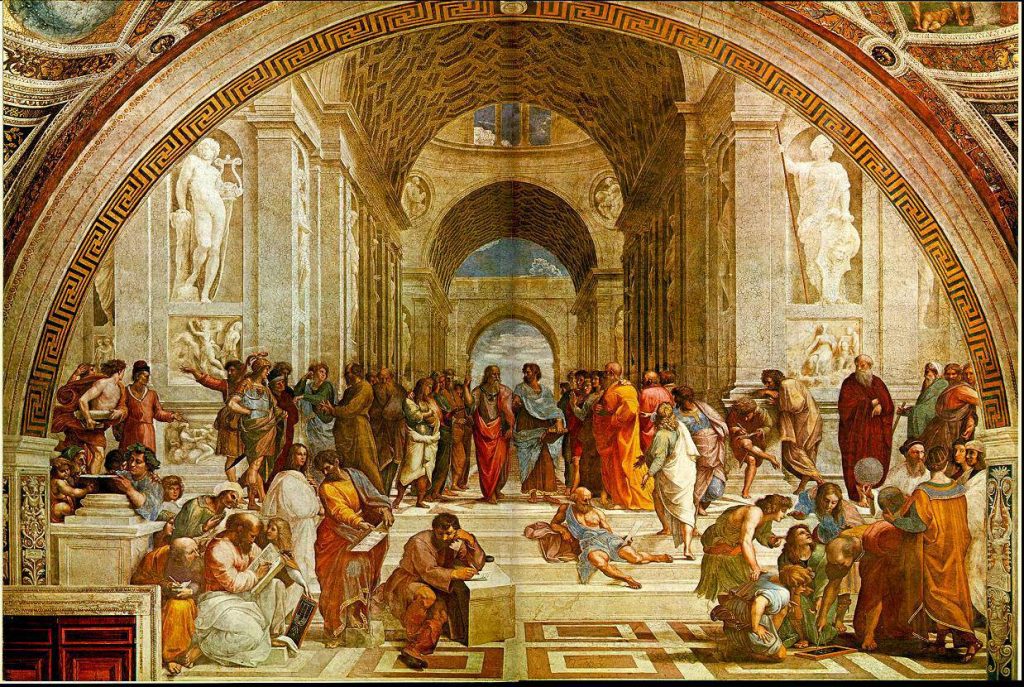
Plato’s Academy lasted for about 900 years, from its founding about 387 BC to dissolution in 529 CE. In 529AD, Emperor Justinian who ruled the Eastern Roman, or Byzantine Empire from 527 until 565 closed down the Plato’s Academy. Why did he close the Academy? The Emperor closed down the school basically because he felt what was being taught in the academy viz-a-viz philosophy is pagan in nature and is in conflict with Christian doctrines. Unfortunately, knowledge development in Europe was put out and the Dark Ages started setting in. The professors who had taught at the Academy left the Byzantine Empire for Persia, the present day Iran, where they were welcomed. Thus, the enlightenment of the East contrasted with the shadows that Christianity had thrown in the West.
Just like Socrates, Plato was blessed with so many wonderful students as well. One of the famous students of Plato was Aristotle. Aristotle was born Circa 384 B.C. in Stagira, Greece. He was also a philosopher. When he turned 17, he enrolled in Plato’s Academy. He spent 20 years as a student and teacher at the Academy. He contributed so much to subjects like Logic, Metaphysics, Mathematics, Physics, Biology, Botany, Ethics, Politics, Agriculture, Medicine, Dance and Theatre. Aristotle provided the first ordered accounts of Biology, Physics, Psychology and Literary theory. He pioneered Zoology and invented the field known as Formal Logic.
One of the students of Aristotle was Alexander the Great. In 338B.C., Aristotle began tutoring Alexander the Great. In 335B.C., Aristotle founded his own school called the Lyceum, in Athens, where he spent most of the rest of his life studying, teaching and writing. Aristotle died in 322 B.C., after he left Athens and fled to Chalcis. Socrates, Plato, Aristotle and Alexander the Great, all came before Jesus Christ.
Now, back to the main topic, Socratic Method. The Socratic Method of Socrates brought about significant changes in the reasoning and thinking of his students, the youth of Athens. The youth of Athens were delighted in watching Socrates question their elders in the society, even on issues relating to the gods Athenians worshipped at the time. Consequently, Socrates was accused of corrupting the youth in the society. He was sentenced to death! Socrates had the opportunity to escape Athens after he was found guilty by an Athenian jury. Instead of running away, he insisted on his belief and chose to die!
He was given hemlock poison to drink. He drank the poison himself. Socrates had a wife and three children till the time of his execution. His friend Crito of Alopece criticized him for abandoning his sons when he refused to try to escape before his execution.
(Photo Credit: www.spqr63bc.deviantart.com)
(Photo Credit: www.theguardian.com)
Related:



















